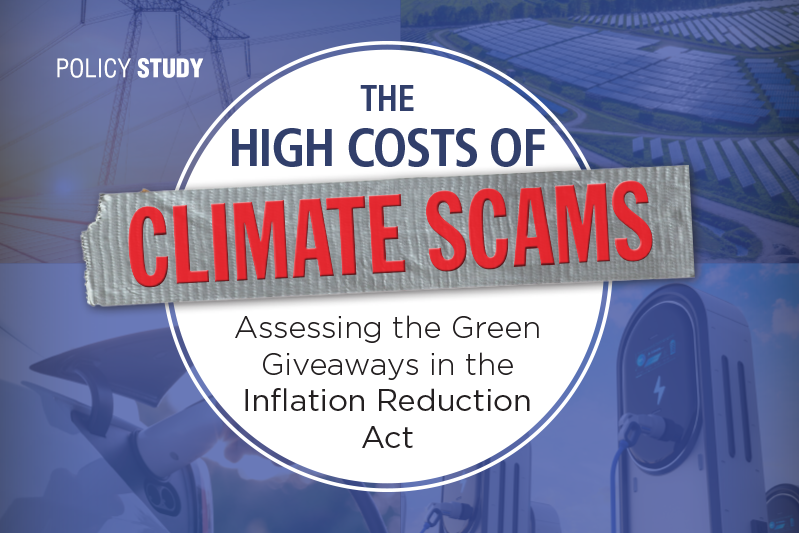The National Oceanic and Atmospheric Administration, which relies on perpetuation of the Climate Delusion to maintain high funding, is falsely claiming there has been “extraordinary” sea level rise since 2000. Fox News and other media outlets are devoting substantial attention to the assertion by NOAA bureaucrats. However, there is simply nothing extraordinary about recent sea level rise.
According to Fox News, NOAA claims “Communities in coastal areas of the U.S. saw record-setting high-tide flooding last year, part of a trend of rising seas … [and an] ‘extraordinary’ rise in high-tide flooding since 2000.”
“Damaging floods that decades ago happened only during a storm now happen more regularly, even without severe weather,” Nicole LeBoeuf, acting assistant administrator for NOAA’s National Ocean Service, told reporters in a conference call.
Even if high-tide flooding has increased in recent years, natural factors are the primary cause.
As detailed in Climate at a Glance: Sea Level Rise: Data shows global sea level has been rising at a relatively steady pace of approximately one foot per century since at least the mid-1800s, which was long before coal power plants and SUVs. Moreover, the United Nations Intergovernmental Panel on Climate Change (IPCC) confirms here has been no significant recent acceleration.
Global sea level has risen approximately 400 feet since the beginning of the end of the most recent ice age—approximately 20,000 years ago. The rate of sea level rise has risen and fallen at various times since then, slowing and increasing on the order of tens, hundreds, and thousands of years over the past 20,000 years. All of that variance had nothing to do with human activities. Indeed, as NASA reports, sea level always rises between ice ages as ice sheets retreat. During the last interglacial period between ice ages, seas were four to six meters higher than we are experiencing today.
The best evidence is, regardless of what humans do, sea level will continue modestly yet relentlessly rising, sometimes slower than others, until the next ice age begins. Also, climate alarmists try to hide the fact that NASA records indicate the current rate of sea level rise is much slower than the average for most of the present interglacial period. Indeed, there have been periods during this interglacial when seas rose by as much as 10 to 15 meters in less than 500 years.
Also, as detailed in a report by the Non-governmental International Panel on Climate Change (NIPCC), some cities, like Ceuta, Spain, have experienced almost no sea level rise over the past century. Other cities, such as Sitka, Alaska have actually experienced falling sea levels. Still other cities, such as Atlantic City, have experienced a large, rapid increase in sea levels.
Humans may be contributing to “high-tide” flooding on sunny days, but the activities in question are not primarily the emission of greenhouse gases. Instead, those activities include the construction of barriers and impervious surfaces leading to increased runoff, the channelization of rivers, the conversion of coastal wetlands to densely populated metropolitan areas, filling in shallow water bays, replenishing eroded beaches, and the draining of coastal aquifers for human consumption. These land use changes have undoubtedly contributed to making some coastal regions and populations more vulnerable to rising seas and other cities and populations less vulnerable.
For instance, the Chesapeake Bay region along the East Coast, is one of the regions NOAA discusses as experiencing increased high-tide flooding in recent years. However, a NIPCC climate report shows “water intrusion problems in the Chesapeake Bay region are due not to sea-level rise, but primarily to land subsidence due to groundwater depletion and glacial isostatic adjustment.”
In short, the rate of sea level rise has increased little, if at all, over the past century. If flooding has increased in some areas, causes other than climate change are the primary source of the flooding.

























[…] NOAA Bureaucrats Falsely Claim ‘Extraordinary’ Sea Level Rise […]
If “ice sheets” refers to floating ice, their melting or freezing has no measurable effect on sea level.
[…] H.S. Burnett, July 18, 2020 in […]
Another amazing distortion of the facts from the Heartland Institute. Cherry picking facts and drawing biased conclusions. Worse than the self serving Communist propaganda the Heartland claims to be so opposed to.
Where are your facts, bud, beyond pushing the Goebbels narrative!